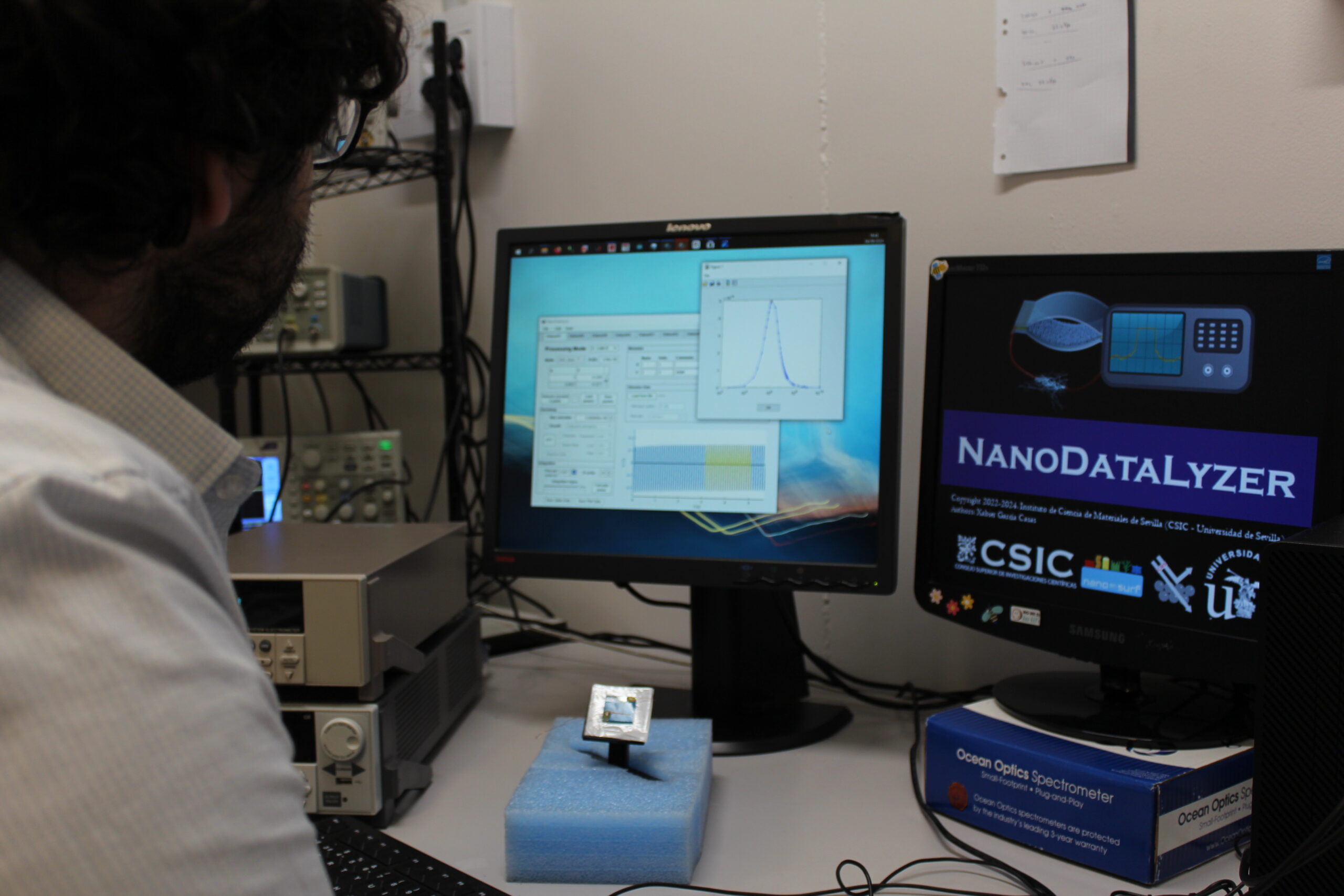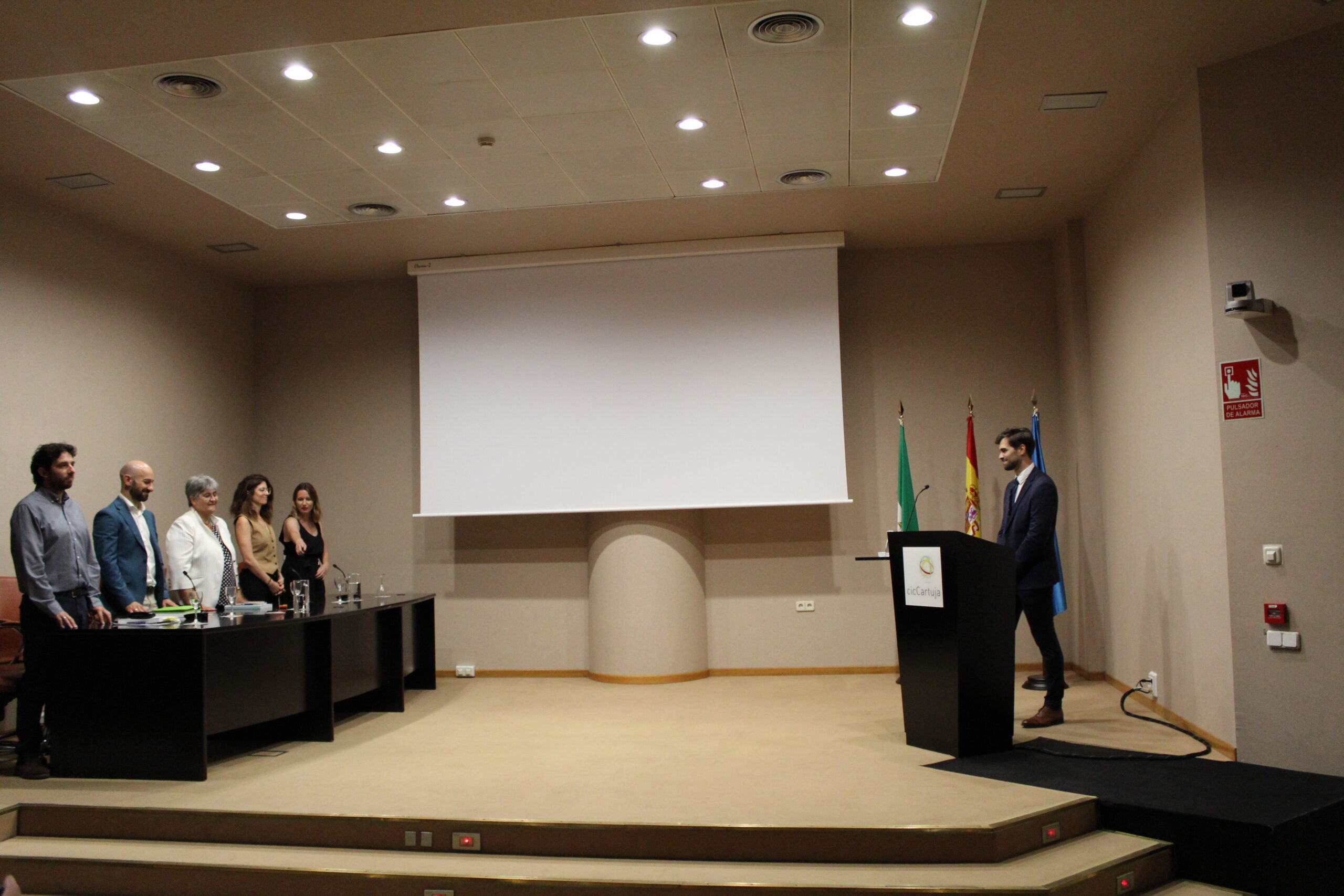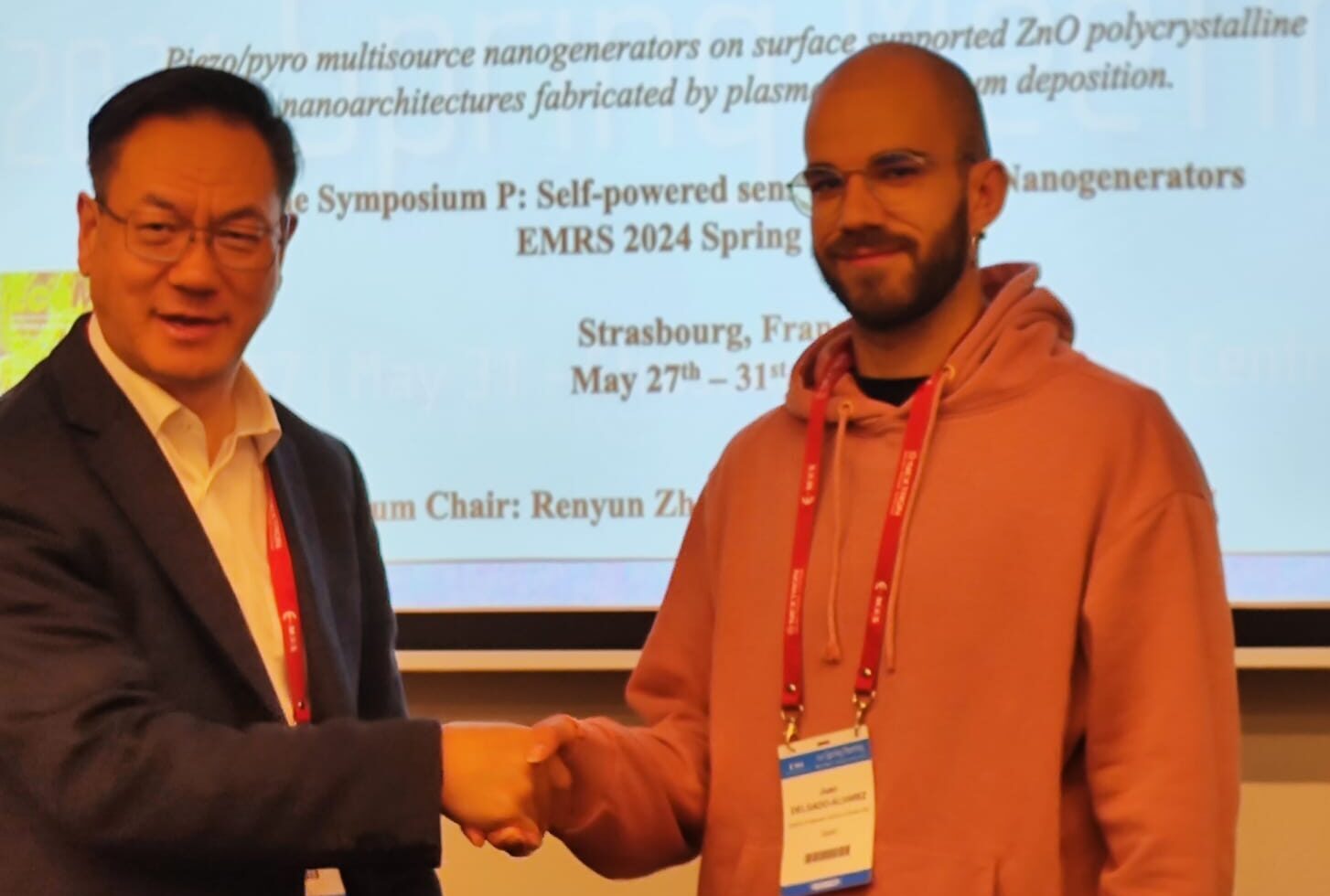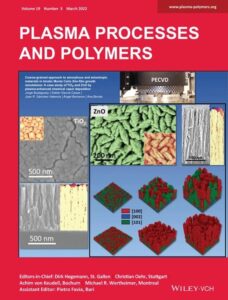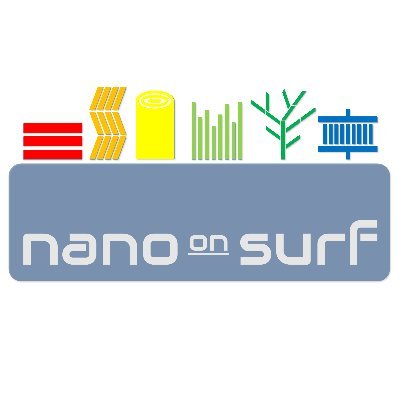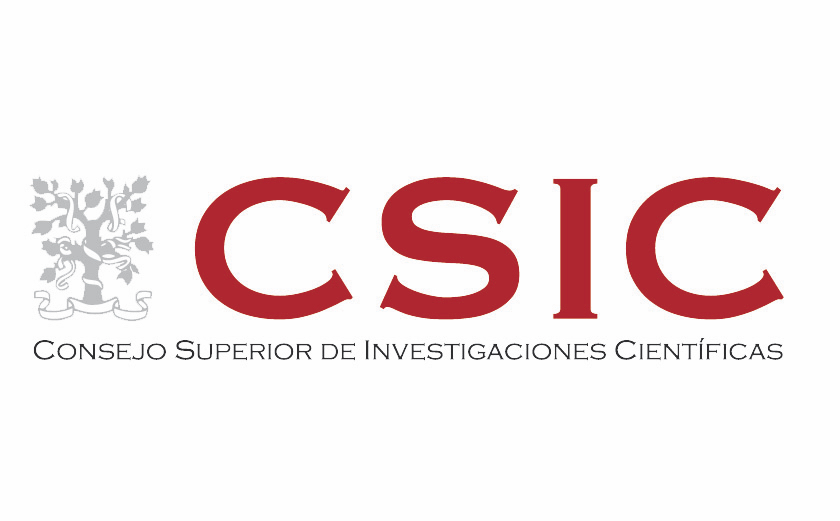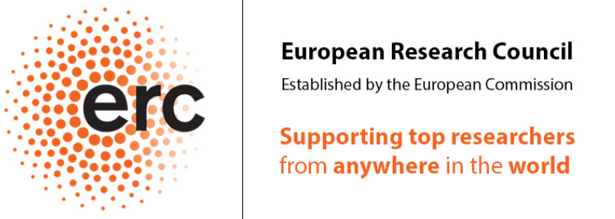How can we power billions of wireless & wearable
devices around globe?
Imagine a technology for powering your smart devices by recovering energy from lights in your office, the random movements of your body while reading these lines or from small changes in temperature when you breathe or go out for a walk.
- We need to harvest from the energy sources available in the (local) environment & develop self-powered systems.
- Three dimensional Nanoscale design for the all-in-one solution to environmental multisource energy scavenging.
Thermal and solar energy as well as body movement are all sources of energy. They can be exploited by advanced technology, obviating the need for battery recharging. These local ambient sources of energy can be captured and stored. However, their low intensity and intermittent nature reduces the recovery of energy by microscale instruments, highlighting the need for an integrated multisource energy harvester. Existing methods combine different single source scavengers in one instrument or use multifunctional materials to concurrently convert various energy sources into electricity.
The EU-funded 3DScavengers project proposes a compact solution based on the nanoscale architecture of multifunctional three-dimensional materials to fill the gap between the two existing methods. These nanoarchitectures will be able to simultaneous and individual harvesting from light, movement and temperature fluctuations. 3DScavengers ultimate goal is to apply a scalable and environmental friendly one-reactor plasma and vacuum approach for the synthesis of this advanced generation of nanomaterials.
New software: NanoDataLyzer
The 3DScavengers team have developed a new computer program called ‘NanoDataLyzer’ that allows the scientific community, focused especially on research into nanogenerators, to speed up the calculations and analysis of the functionality of these devices.
Thesis defense: Dr. Javier Castillo
Javier Castillo-Seoane defended his doctoral thesis titled Low Dimensional Optoelectronic Devices Enabled By Vacuum And Plasma Technologies carried out within the framework of the 3DScavengers project. The thesis committee They rated the results with a Cum Laudem rating.
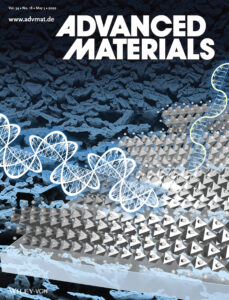
Check-out our latest publication
Highly Anisotropic Organometal Halide Perovskite Nanowalls Grown by Glancing-Angle Deposition
Inside Back Cover of Advanced Materials 2022 34 (18), 2107739
Coarse-grained approach to amorphous and anisotropic materials in kinetic Monte Carlo thin-film growth simulations: A case study of TiO2 and ZnO by plasma-enhanced chemical vapor deposition
Inside front cover of Plasma Processes and Polymers 19 (2022) 2270008
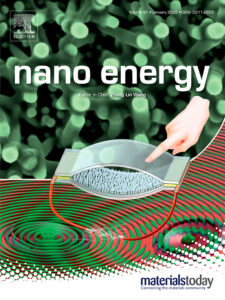
Plasma engineering of microstructured piezo – Triboelectric hybrid nanogenerators for wide bandwidth vibration energy harvesting
Cover of Nano Energy 91 (2022), 106673
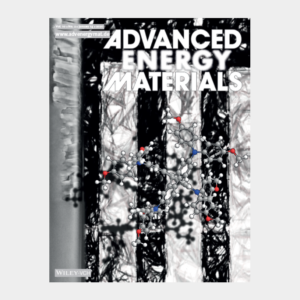
Enhanced Stability of Perovskite Solar Cells Incorporating Dopant-Free Crystalline Spiro-OMeTAD Layers by Vacuum Sublimation
Cover of Adv. Energy Mater. 2020, 10, 1901524
